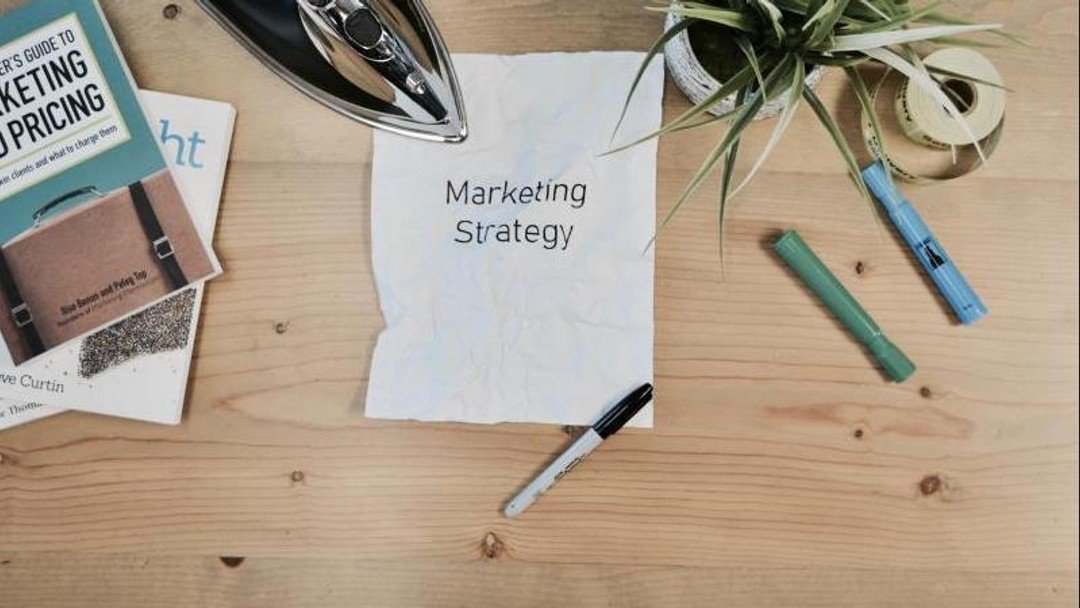Why you should think about how your reputation markets your business

Bob Spence assesses how law firms can leverage their reputation to drive business growth
Question: ‘What international currency never rises and falls with the global markets?’ Answer: ‘Your reputation’.
The Cambridge dictionary defines reputation as, “The opinion that people in general have about someone or something, or how much respect or admiration someone or something receives, based on past behaviour or character.”
The sixteenth US President, Abraham Lincoln, who was also a lawyer, stated, “Character is like a tree and reputation like a shadow. The shadow is what we think of it; the tree is the real thing.”
As rainmaker coach for Wilkinson Read, I have been examining post-covid 19 research into business development trends within the legal profession. Rainmaker PRO software, part of the Barclays Eagle lab LawTech community, circulated a business development questionnaire that was completed during the covid-19 period 1 January to 30 June 2021.
83 business development professionals in the legal sector, across the US, UK and in Central Europe responded. The objective was to understand where reputation currently performed in terms of client acquisition. The feedback elicited suggested as much as 50 per cent of referrals and introductions have been generated without the actual experience of being a client.
Fit for purpose?
In terms of business development, there are essentially two recognised methos by which you may be introduced or referred to a third party accurately.
The first is an introduction based on use of your professional services. This is a connection created directly by the introducer who can discuss ‘evidence of competence’ from use of your services. On the basis of use of your services, they are comfortable in recommending you to another party.
This is the most straightforward professional and commercial basis for introductions being made to a second party. It is indisputable you are qualified to be a professional consideration on this basis.
When an individual references the use of another professional it creates social-commercial-comfort. On a social level, they are generating the comfort on the basis no one risks their own reputation by recommending incompetence.
It is clear to everyone last year’s best client could introduce you to this year’s potential best client, if you asked.
The second method is the leverage of your professional reputation. This falls under an introduction method referred to as the use of the ‘recognised authority’ position. The concept of recognised authority is a term also referenced as a ‘subject matter expert’. It is where it is indisputable you are qualified to be introduced.
There is specific marketplace evidence you are someone who can be engaged professionally. This is where there is additional social-commercial-comfort beyond direct experience of your service, skill set or offer.
The reputation equation
These two methods of being introduced or referred rely on you having a reputation in the marketplace which the prospect is able to reference. The reputation of having done a good job for them or the reputation of being a recognised authority. These two methods define the potential of your marketplace reputation.
Your professional delivery ‘multiplied’ by what other people say about you ‘equals’ your marketplace reputation.
Visible competence x professional references = your professional standing in your marketplace.
This small piece of arithmetic is the most powerful business development leverage under your control.
Think of how you make decisions in your own practice when you hire another professional. In some way or another it will require a process which generates comfort at the end of it. None of us will work with another party unless we have comfort in our perception of the other party’s competence.
Reputation analysis takes place when we meet potential professional connections. There is an unspoken evaluation process taking place. It is almost like tuning into a radio channel across a series of frequencies. The first part of this is ‘positioning.’ What is your potential position of credibility in relation to my current and future needs?
The process then moves across to making a reputation judgement and this can be based on education, skills and perceived success. The level of social-commercial-comfort is defined by the end of the process, when a new party has digested what they think the other party potentially represents.
This is not conclusive but here are some measurements influencing the perception of your reputation:
· How senior you are
· How successful you are in your profession
· How much education have you had
· How trustworthy you are
· How confident you are
· How intelligent you are
· What is your work ethic
· How dependable and accountable you are
· If they hire you, will it enhance their own position?
It may also include a discreet review of any online profile you may possess and what you have positioned yourself to be at the outset.
When we make a new connection, we often find our online reputation positions us prior to the handshake and the social-commercial-comfort level is preordained.
Operating in a reputation economy
Being a recognised authority in your key relevant market can give you a range of tools to potentially fast forward this process, to generate a level of comfort more rapidly than any other business development action than directly experiencing your evidence of competence.
The position as a recognised authority need not be backed directly by evidence-of-competence and can be generated by ‘something else’ and other actions outside of direct contact networking.
Rainmaker PRO reviewed and interpreted five separate professional services CRM surveys. This was specifically regarding business development in 2019 and 2020 and included their own researched interviews too. The headings below were the output of this analysis. Broadly speaking they analysed where new work was being sourced via the recognised authority model. Specifically, where the source of the work was not from a client.
· Over 30 per cent of introductions via recognised authority were created through public speaking
· Over 25 per cent of introductions as a recognised authority were through blog engagement
· 20 per cent were due to a publication that had enhanced recognised authority
· 15 per cent were initial awareness by social media which supported recognised authority
· 10 per cent were due to some type of visible partnership with another recognised authority
This opinion is not extensive across every marketplace. As a consideration are you currently marketing your value and reputation by using the above five methods? If not, then you may be competing with professionals in your marketplace that are.
My starting point on this subject is that marketing your expertise to the right audience in the right way positions you as a recognised authority to the right prospects.
Bob Spence is a ‘strategic-networking’ thought leader and accredited trainer at Wilkinson Reed wilkinsonread.co.uk
